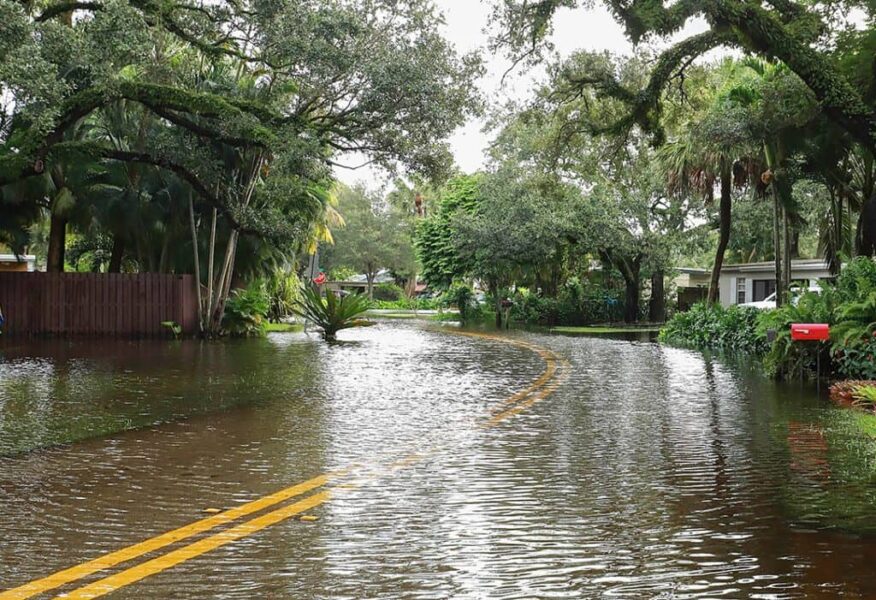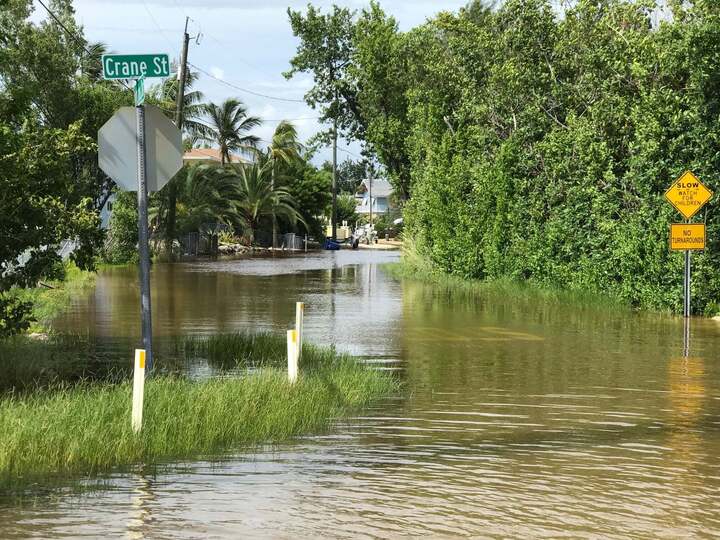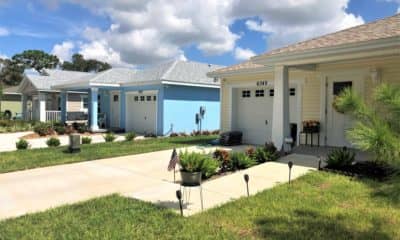Thrive
Coastal leaders face ‘a tough reality’

Rising seas and increased flooding present a conundrum for Florida’s coastal mayors, who must balance a city’s quality of life and sustainability with its economic lifeline – waterfront tourism and development.
The Tampa Bay Regional Planning Council brought city leaders from Key West to Dunedin together Thursday to discuss how they walk that tightrope. The spirited discussion concluded the first day of the 2023 Tampa Bay Regional Resiliency Leadership Summit at the Hilton Clearwater Beach Resort.
Treasure Island Mayor Tyler Payne, Dunedin Mayor Julie Ward Bujalski, Indian Rocks Beach Mayor Cookie Kennedy and Key West Mayor Teri Johnston participated in the panel titled “Motivating Coastal Communities to Action.”
Payne said a lack of regional transportation is the most significant impediment to balancing resiliency with tourism and growth. Visitors fly into an airport, rent a car and head to the beaches, necessitating parking spaces.
“Well, I don’t want a parking garage in the middle of Treasure Island,” Payne said. “Because who knows what the next five years are going to show us with driverless cars or improved transportation opportunities.”

Treasure Island Mayor Tyler Payne.
He relayed that many residents fear redevelopment would lead to overly congested roads and prefer Treasure Island to remain a “sleepy” community with quaint motels lining the beach. While Payne said those relics from the 1970s “look really cool,” they “flat-out” lack resilient infrastructure.
He said a storm as powerful as 2022’s Hurricane Ian would decimate the older facilities, should it hit here, and that he prefers to see new developments built to withstand major storms. However, he added that the area needs better transportation options to accommodate the larger new resorts and increased traffic.
“I think that’s something that normally wouldn’t connect, but I think it’s really important to focus on,” Payne said.
With 90% of Key West’s landmass at or below sea level, many consider it “ground zero” for climate change effects. Johnston said taking on water is inevitable, so the focus is moving it off the island.
The city implemented its Stormwater Master Plan in 1989, updated every five years, and created its Climate Action Plan in 2009. Officials are now spending over $1 million per mile to elevate roads.
She said the city must raise Roosevelt Boulevard, a major thoroughfare, by 17.5 inches.
The critical challenge, Johnston explained, is that Key West’s economy is “highly dependent” on tourism. In addition, she said the average 1,000-square-foot house is worth $1.1 million.
“If you’re trying to sell a home in Key West, you don’t want to talk about where we’re going to be in 2060,” Johnston said. “People guard that situation very fiercely.”

Flooding in Key West. Photo courtesy of Monroe County Government.
She added that people expressed outrage over recent climate initiatives and believe city leaders should remain quiet on the dire issue due to its potential impacts on the local economy. “Well, of course, we’re going to talk about it,” Johnston said.
“We got to talk about it in order to solve it.”
Bujalski noted that the top concerns listed in Dunedin surveys are overdevelopment, affordable housing and traffic – despite the city only gaining 2,000 residents in the last decade. Tourism, however, has “exploded.”
She is not complaining, as Bujalski called that industry downtown Dunedin’s “bloodline.” The issue, she said, is that 90% of five million annual visitors rely on vehicles.
She called on the Pinellas Suncoast Transit Authority (PSTA), Forward Pinellas – the county’s land-use and transportation agency – and leaders from all 24 municipalities to partner financially and collectively solve the problem.

Dunedin Mayor Julie Ward Bujalski.
“We need a (parking) garage, and I don’t see how we’re going to get out of building it because there is nothing that tells me there is a solution coming,” Bujalski said.
While she doesn’t blame PSTA, as the organization is limited by set millage rates, Bujalski said she has begged for between $400,000 and $450,000 annually for waterborne transportation to take people from the city to its beach.
“Begging,” she emphasized. “And we can’t get it.”
St. Petersburg City Councilmember Brandi Gabbard represents the area around the Gandy and Howard Frankland Bridges. She noted that 95% of her district is in a Coastal High Hazard Area, and without redevelopment, the only option is taking properties off the tax roll.
Gabbard asked how the coastal mayors balance environmental and community sustainability. Johnston recalled “gut-wrenching” conversations with residents whose properties routinely flood.
“You have to take a really hard look at it and say, ‘no, it doesn’t make sense to raise a road four feet in order to get to three properties,'” she added. “We cannot continue to build in areas we know are going to flood, and it’s a tough reality.”







